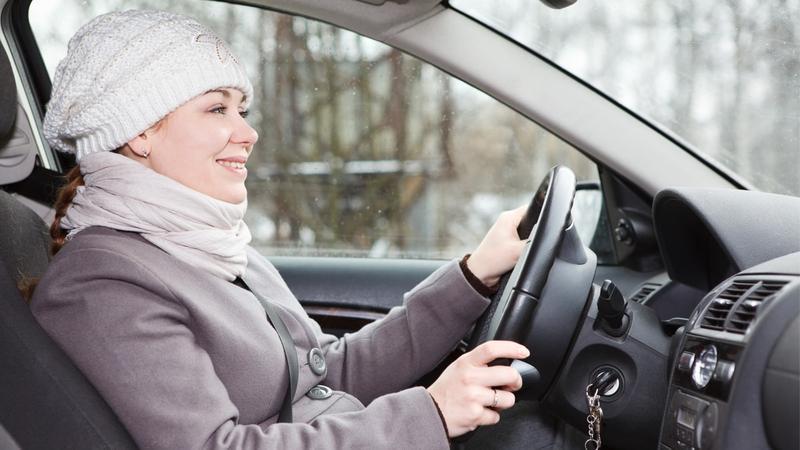Winter weather conditions can be a challenge, and if you fail to prepare for snow and ice on the roads, a ticket could be in your forecast.
To avoid a traffic violation or collision (which could increase your car insurance rate) it’s important to plan for the winter season’s unique driving conditions.
Here are a few things to mark off your driving checklist before this winter season:
Make sure you have a clear view of the road
Having a clear view of what’s in front, on your side, and behind your car is at the very core of safe driving. However, not everyone takes the time needed to ensure that their vehicle is ready for the road.
You can get a ticket for driving with an “obstructed view” if you have not fully cleaned the snow and ice off your vehicle’s windows and mirrors, though the actual offence may vary by province.
For example, in Ontario, driving with an obstructed view can cost you $110 ($85 fine + a $25 surcharge). Section 74 of the Highway Traffic Act states you must be able to see clearly out the front, driver and passenger sides, and rear windows of your vehicle.
Failing to clear snow and ice off a vehicle’s windows can put others at risk and impede your view.
Brush off your entire vehicle
Your windows and mirrors are not the only parts of the car you should be clearing of ice and snow; your roof, hood, lights, and signals need to be cleaned off, too.
And don’t forget your licence plate, because you can also get a ticket for an obstructed licence plate if it’s not clearly visible.
Ease up on the gas pedal
Posted speed limits designate the fastest speed you can drive in optimal road conditions. When the weather is foul, or the roads are slick and icy, slow down for safety’s sake — and to avoid a speeding ticket. When traction and visibility are poor, reduce your speed.
In Alberta, for example, you are legally required to drive according to road conditions, and you’ll be ticketed if you don’t.
While there’s no specific ticket for driving according to the weather or road conditions in Ontario, you could be charged with careless driving if a police officer thinks you’re driving without “due care and attention or without reasonable consideration” for others.
Play it safe and drive at a speed that is in accordance with the weather outside. When in doubt, remember, “ice and snow means take it slow.”
Useful tips for driving in the winter
Now that the cold, snowy weather is upon us, you need to take a little more time to prepare yourself and your vehicle every time you hit the road. Here are a few additional ways to do that:
- Keep a safe distance between yourself and the vehicle in front of you.
- Drive with your headlights on (even during daylight hours of low visibility), so drivers can see your vehicle.
- Plan your route ahead of time and be aware of the weather and road conditions along that route.
- Install winter tires. Winter tires may be the most underrated safety feature on any vehicle. Winter tire treads are designed to grip snowy, icy roads better than all-season tires.
- Don’t use your vehicle’s cruise control function in winter conditions.
- Maintain distance back from snowplows and don’t attempt to pass one.
- When in doubt, don’t go out. If you are uncertain about the driving conditions and can delay your trip, consider waiting it out.
- To allow for freer movement when steering your vehicle, take off heavy winter coats, try to wear thin-soled shoes so you can feel the gas and brake pedals, and wear leather gloves instead of cotton or wool ones since leather won’t slip on the steering wheel.
Slow down and drive according to the weather conditions. It can help you stay safe on the road, avoid getting a ticket or into a collision, maintain a clean driving record, and keep your car insurance premium low.
